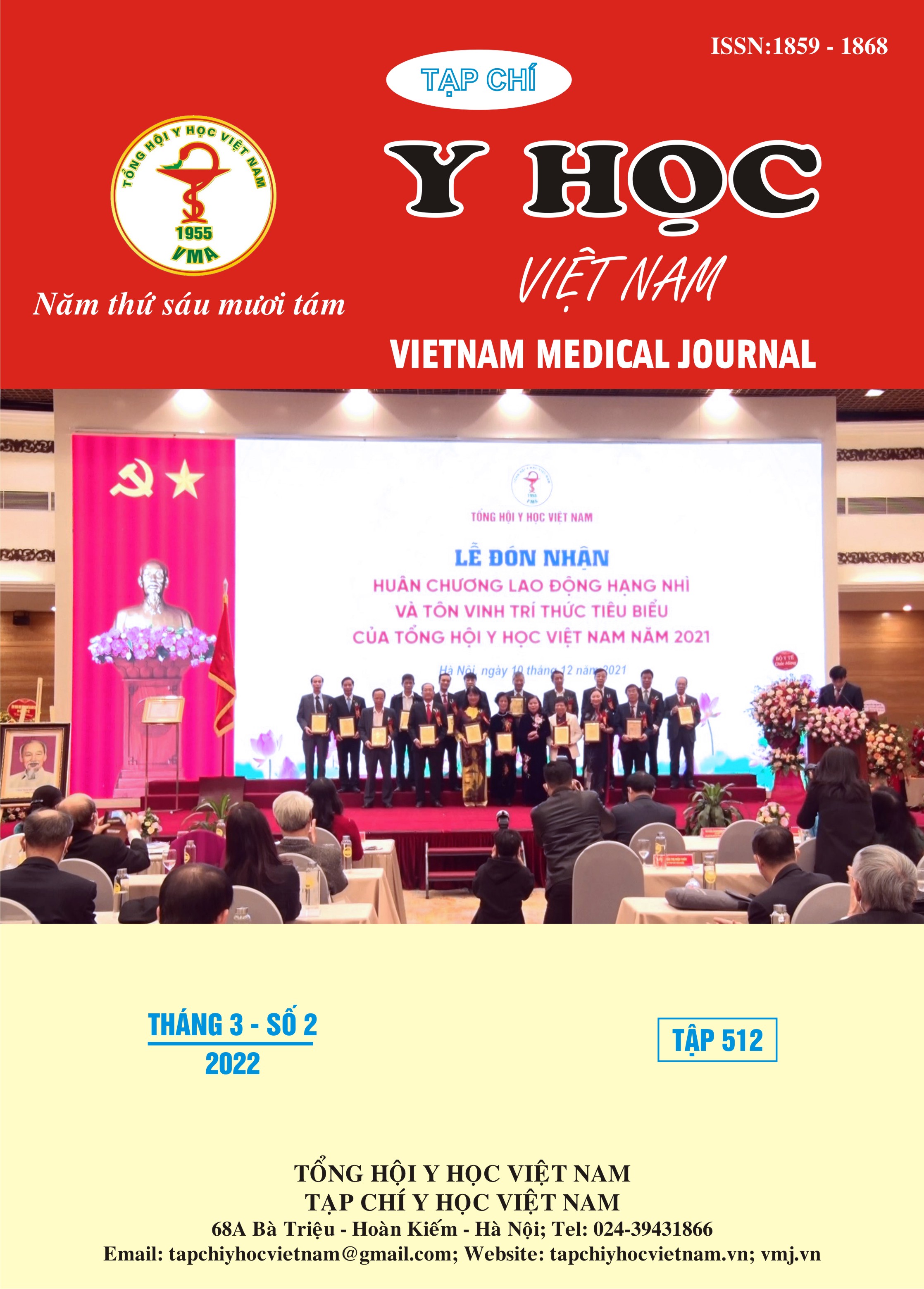KHẢO SÁT SỰ ỨC CHẾ TỔNG HỢP SẮC TỐ MELANIN TRÊN DÒNG TẾ BÀO U HẮC TỐ B16F10 CỦA CAO CHIẾT VỎ KHÓM (Ananas Comosus (L) Merr.) THU HÁI Ở VÙNG TẮC CẬU, KIÊN GIANG
Nội dung chính của bài viết
Tóm tắt
Khóm là loại trái cây có giá trị dinh dưỡng cao. Mục đích khảo sát sự ức chế tổng hợp hắc tố trên dòng tế bào B16F10 của cao chiết methanol vỏ khóm. Sử dụng phương pháp phân tích đặc điểm hình thái kết hợp giải trình tự để định danh mẫu khóm thu hái ở Tắc Cậu, tỉnh Kiên Giang, đánh giá khả năng kháng oxy hóa qua khả năng trung hòa gốc tự do DPPH, khử ion Fe3+ và phương pháp khử ion Cu2+. Khảo sát khả năng ức chế hoạt động của enzym tyrosinase in vitro và sự ức chế hình thành melanin trên dòng tế bào hắc tố B16F10. Kết quả, mẫu khóm thu hái ở Tắc Cậu, tỉnh Kiên Giang có tên khoa học là Ananas comosus (L.) Merr.; khả năng khử DPPH, khử ion Fe3+, ion Cu2+ của vỏ khóm thông qua chỉ số IC50 lần lượt là: 62,63µg/mL, 97,72µg/mL, 220,95µg/mL; ức chế hoạt động enzym tyrosinase in vitro với IC50 là 73,13µg/mL; ức chế sự sản sinh melanin trên dòng tế bào B16F10 đạt 59,37% ở nồng độ 10µg/mL. Nghiên cứu đã bước đầu cho thấy cao chiết methanol vỏ khóm là nguồn nguyên liệu tiềm năng trong lĩnh vực sản xuất dược liệu và mỹ phẩm.
Chi tiết bài viết
Từ khóa
B16F10, cao chiết, melanin, tyrosinase, vỏ khóm
Tài liệu tham khảo
2. MacLean, L., et al., Copper (II) complexes of coumarin-derived Schiff base ligands: Pro-or antioxidant activity in MCF-7 cells. Journal of Inorganic Biochemistry, 2019, Volume 197: p. 1-14.
3. Andrea, J., et al., Bacterially produced recombinant influenza vaccines based on virus-like particles. Plos One, 2017. 8 (11): e78947.
4. Chintong, S., et al., In vitro antioxidant, antityrosinase, and cytotoxic activities of astaxanthin from shrimp waste. Antioxidants, 2019. 8(5): p. 1-11.
5. Mo JH and Oh SJ. Tyrosinase inhibitory activity and melanin production inhibitory activity of extract of Thuja orientalic. Kor J Aesthet Cosmetol. 2015;13(2): p.189-194.
6. Putri, D. A., et al., Antioxidant and antibacterial activities of Ananas comosus peel extracts. Malaysian Journal of Fundamental and Applied Sciences, 2018. 14(2), p.307–311.
7. Vrianty, D., et al., Comparison of Antioxidant and Anti-Tyrosinase Activities of Pineapple (Ananas comosus) Core Extract and Luteolin Compound. Jurnal Kedokteran Brawijaya, 2019. 30(4), p240-248.
8. Loan, L. Q., et al., Khảo sát hoạt tính ức chế tổng hợp hắc tố của cây hoa hòe (Sophora japonica L.) trên dòng tế bào u hắc tố B16F10 ứng dụng trong mỹ phẩm. Tạp chí Khoa học Công nghệ và Thực phẩm, 2018. 17(1): p. 14–20.
9. Dũng, N. H., et al., Khảo sát hoạt tính làm trắng da của rau diếp cá (Houttuynia cordata Thunb.) trên dòng tế bào u hắc tố B16F10 ứng dụng trong mỹ phẩm. Tạp Chí Y Học, 2019. 20 (2): p: 19–25.


